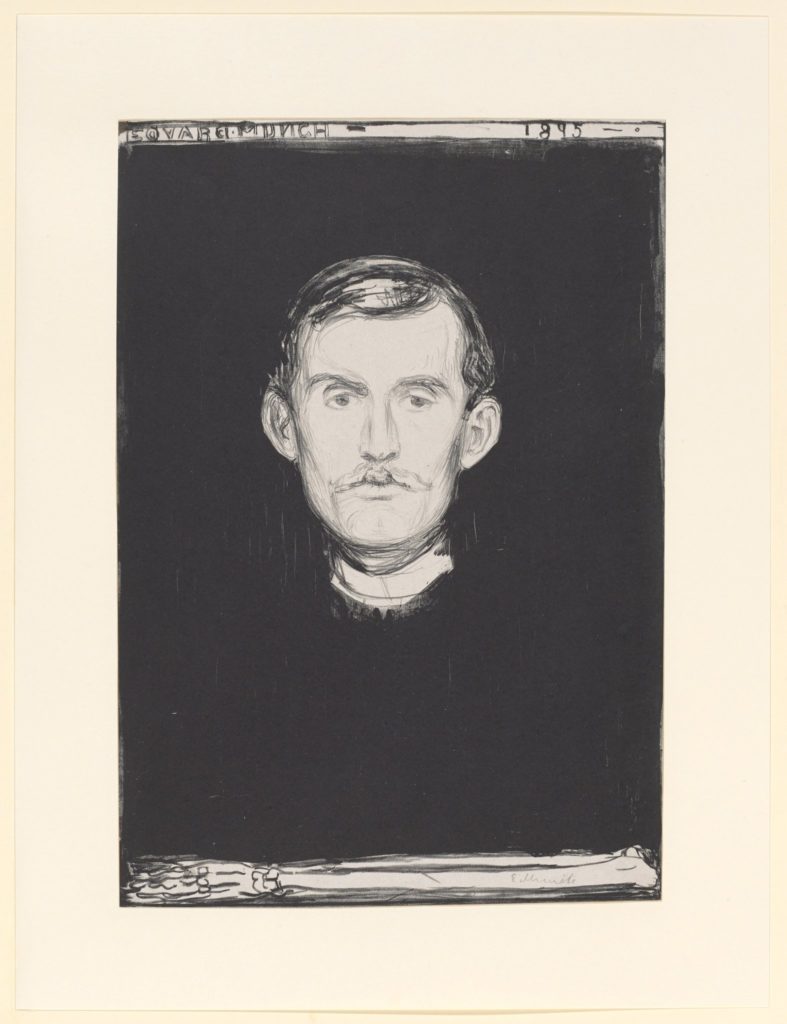Law & Politics
In a Dramatic About-Face, the Kunstmuseum Basel Will Compensate the Heirs of a Jewish Collector for Disputed Works in Its Collection
The museum had first ruled out restitution in 2008.
The museum had first ruled out restitution in 2008.
Sarah Cascone

The Kunstmuseum Basel has had a change of heart.
The Swiss museum had long defended its decision to purchase some 200 works on paper owned by Jewish collector Curt Glaser at a Berlin auction in 1933. Now, 12 years after rejecting a restitution claim from Glaser’s heirs, the museum has agreed to a settlement totaling an undisclosed sum.
The collection is estimated to be worth more than $2 million and features works by Henri Matisse, Max Beckmann, Auguste Rodin, Marc Chagall, Oskar Kokoschka, Ernst Ludwig Kirchner, and Erich Heckel, according to the New York Times. Highlights include a pair of lithographs by Edvard Munch, Glaser’s close friend, titled Self Portrait and Madonna.
Glaser got his start as an art critic in 1902 before working at the Royal Gallery of Prints in Berlin. In 1924, he became the director of Berlin’s Kunstbibliothek, the city’s art library. He lost that job in 1933 after the Nazis came to power, and fled the country, first to Paris and then to the US, where he died in 1943.
Before leaving Berlin, Glaser sold most of his collection at Max Perl auction house, including the 200 or so works acquired by curator Otto Fischer on behalf of Basel’s public collections.

Edvard Munch, Self Portrait (1895). The lithograph is among the most valuable works acquired by the Basel Kunstmuseum from German Jewish art collector Curt Glaser. Courtesy of the Basel Kunstmuseum.
The Glaser heirs first sought restitution in 2004. At that time, the Kunstmuseum insisted their purchase of Glaser’s collection was made in good faith and at market prices.
But since the Kunstmuseum opted against restitution in 2008, several other museums have returned art to Glaser’s heirs, including the Museum Ludwig in Cologne in 2014, the Hamburg Kunsthalle in 2015 and 2018, and Berlin’s State Museums in 2016.
The issue of Nazi-related restitution became headline news in Switzerland when Cornelius Gurlitt left his collection of potentially looted art to the Kunstmuseum Bern in 2014, forcing the museum to vet each work carefully to determine if it had been lawfully acquired.
The Basel Art Commission, the Kunstmuseum Basel’s advisory committee, decided it was worth taking a second look.
“The Gurlitt case opened up lots of questions and prompted us to look more closely at the legal basis for restitution decisions,” Felix Uhlmann, the commission’s president, told the Times. “We also looked at how other institutions had responded to Glaser claims, and saw that some had reached different conclusions to the Basel decision in 2008. So we thought we must at the very least revisit this case.”
In reassessing the Glaser claim, investigators uncovered minutes from 1933 museum meetings discussing the acquisition. Those present described the Glaser works as being offered at “cheap,” if not “fire-sale prices.”
The Kunstmuseum told the Times it is planning to work with the family on a 2022 exhibition that highlight’s Glaser’s accomplishments as “a collector, art historian, critic, and museum director.”